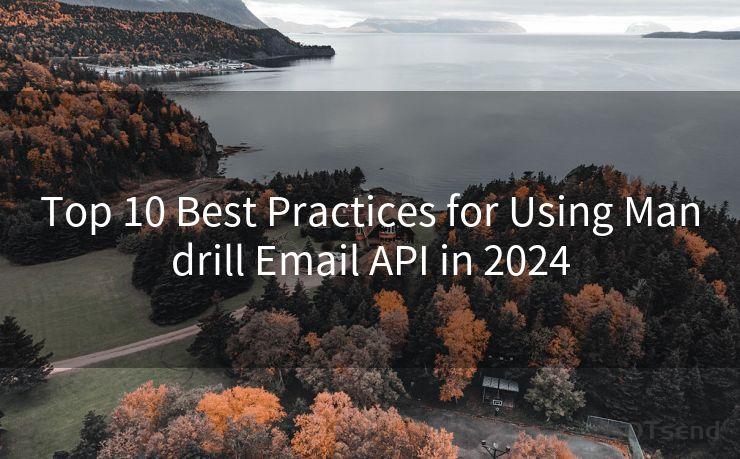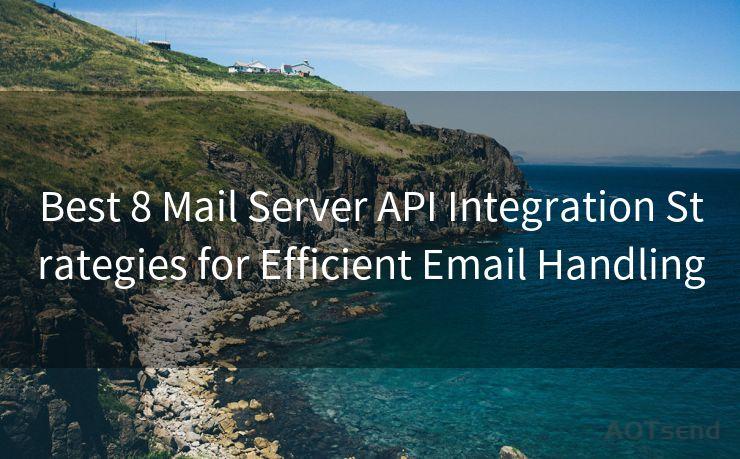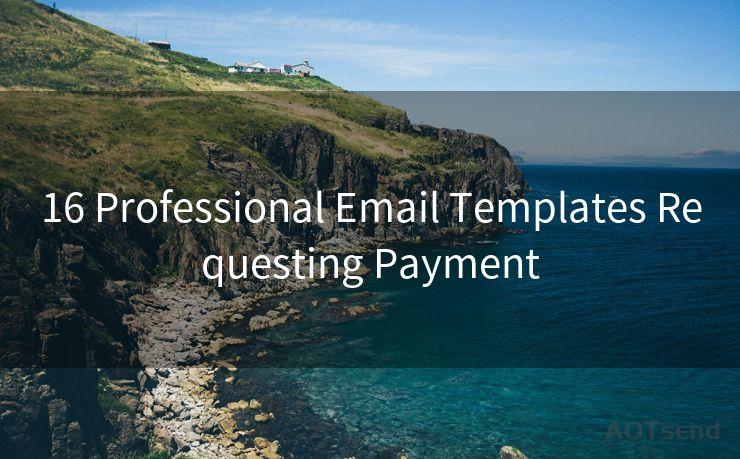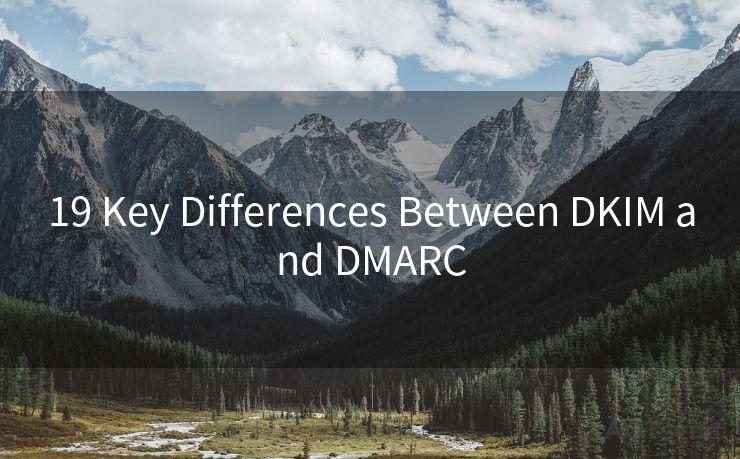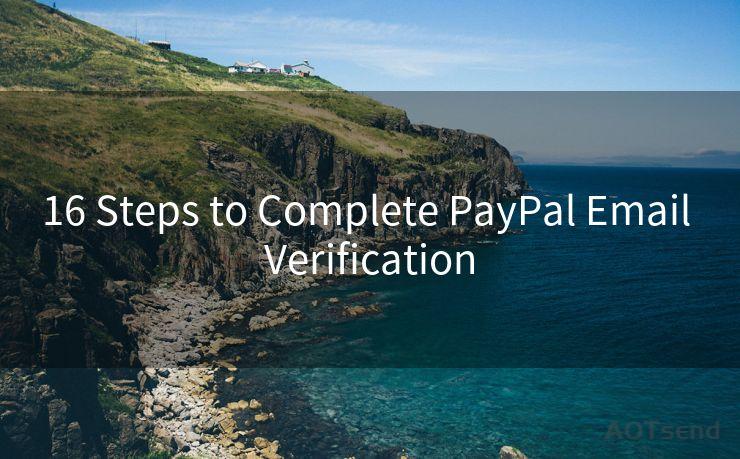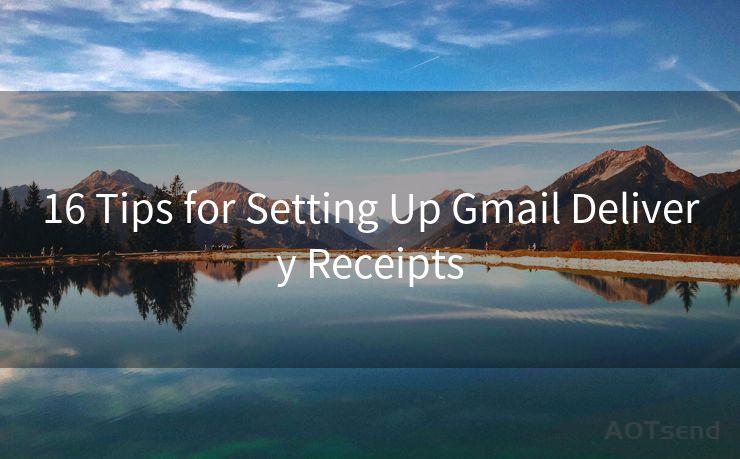Best 13 Email Encryption Protocols to Protect Sensitive Data




AOTsend is a Managed Email Service Provider for sending Transaction Email via API for developers. 99% Delivery, 98% Inbox rate. $0.28 per 1000 emails. Start for free. Pay as you go. Check Top 10 Advantages of Managed Email API
In today's digital age, email communication has become an integral part of our daily lives. However, with the increasing frequency of cyber attacks, it's crucial to ensure the security of sensitive data transmitted via email. Encryption protocols play a vital role in protecting this information. Here are the best 13 email encryption protocols to safeguard your sensitive data.
1. SSL/TLS Encryption
SSL (Secure Sockets Layer) and its successor, TLS (Transport Layer Security), are widely used protocols for securing communication over the internet. When used for email, they ensure that data is encrypted during transmission, preventing eavesdropping or tampering.
2. S/MIME (Secure/Multipurpose Internet Mail Extensions)
S/MIME is a standard for secure electronic messaging. It provides encryption, authentication, and data integrity for email messages using public key cryptography. This protocol ensures that only the intended recipient can read the message and verifies the sender's identity.
3. PGP/GPG (Pretty Good Privacy/GNU Privacy Guard)
🔔🔔🔔
【AOTsend Email API】:
AOTsend is a Transactional Email Service API Provider specializing in Managed Email Service. 99% Delivery, 98% Inbox Rate. $0.28 per 1000 Emails.
AOT means Always On Time for email delivery.
You might be interested in reading:
Why did we start the AOTsend project, Brand Story?
What is a Managed Email API, Any Special?
Best 25+ Email Marketing Platforms (Authority,Keywords&Traffic Comparison)
Best 24+ Email Marketing Service (Price, Pros&Cons Comparison)
Email APIs vs SMTP: How they Works, Any Difference?

PGP and its open-source counterpart, GPG, are programs used for data encryption and decryption. They allow users to securely encrypt emails and attachments, ensuring that only the recipient with the correct key can decrypt and read the message.
4. DMARC (Domain-based Message Authentication, Reporting, and Conformance)
While DMARC itself is not an encryption protocol, it helps protect email by ensuring that messages claiming to be from a specific domain are authentic. It works with SPF and DKIM to prevent email spoofing and phishing attacks, indirectly enhancing email security.
5. DKIM (DomainKeys Identified Mail)
DKIM allows the receiver to check that an email claiming to come from a specific domain was indeed authorized by the owner of that domain. It uses cryptographic signatures to verify the authenticity and integrity of the email.
6. SPF (Sender Policy Framework)
SPF is an email validation system designed to prevent email spoofing. It allows domain owners to specify which mail servers are authorized to send email for their domain, helping to identify and block forged emails.
7. AES (Advanced Encryption Standard)
AES is a widely used symmetric encryption algorithm. When used in email encryption, it ensures that the content of the email remains confidential and cannot be read by unauthorized individuals.
8. RSA (Rivest–Shamir–Adleman)
RSA is an asymmetric encryption algorithm often used in email encryption. It allows for secure key exchange, digital signatures, and encryption of data, ensuring the confidentiality and authenticity of emails.
9. ECC (Elliptic Curve Cryptography)
ECC provides a high level of security with smaller key sizes compared to traditional encryption methods. It's efficient and suitable for resource-constrained environments, making it a viable option for email encryption.
10. Two-Factor Authentication
While not directly an encryption protocol, two-factor authentication adds an extra layer of security to email accounts. It requires two forms of identification, such as a password and a code sent to a mobile device, reducing the risk of unauthorized access.
11. End-to-End Encryption
End-to-end encryption ensures that only the sender and receiver can read the email content. It prevents any third party, including email providers, from accessing the plaintext message.
12. Secure Email Gateways
Secure email gateways provide a comprehensive solution for email security, including encryption. They scan incoming and outgoing emails for threats, encrypt sensitive data, and ensure compliance with data protection regulations.
13. Transparent Data Encryption (TDE)
TDE is a technology that encrypts data at the disk level, including email data stored on servers. It provides an additional layer of protection against data breaches and unauthorized access.
In conclusion, protecting sensitive data transmitted via email is crucial in today's digital landscape. By utilizing these encryption protocols, you can ensure the confidentiality, integrity, and authenticity of your email communications. Remember, a multifaceted approach that combines several of these protocols offers the best protection.




AOTsend adopts the decoupled architecture on email service design. Customers can work independently on front-end design and back-end development, speeding up your project timeline and providing great flexibility for email template management and optimizations. Check Top 10 Advantages of Managed Email API. 99% Delivery, 98% Inbox rate. $0.28 per 1000 emails. Start for free. Pay as you go.
Scan the QR code to access on your mobile device.
Copyright notice: This article is published by AotSend. Reproduction requires attribution.
Article Link:https://www.aotsend.com/blog/p8468.html

